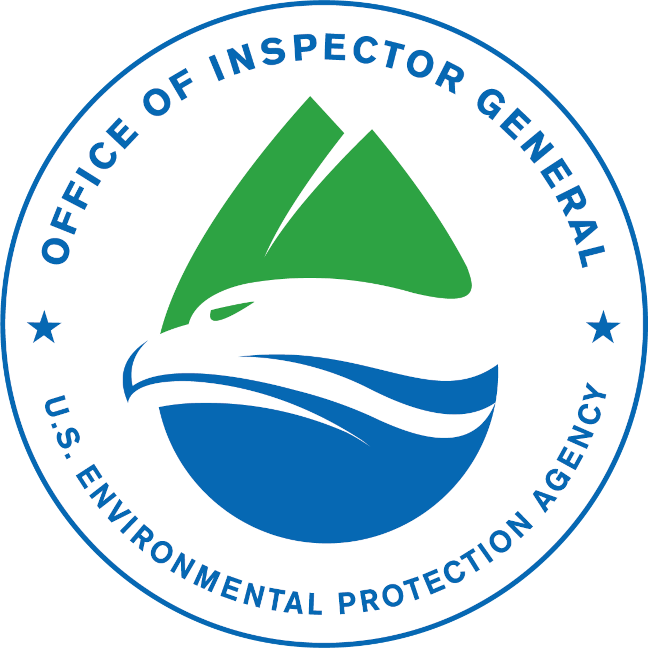A researcher at the Environmental Protection Agency added their underage child as a coauthor on a paper after the manuscript cleared the agency’s internal review, an investigation found.
The revelation, which calls into question the EPA’s process for reviewing papers, was among several highlighted by the agency’s Office of Inspector General in an April 8 report, which is redacted for names and identifying details.
The report cites specific concerns regarding the researcher, including that their child listed the paper among their accomplishments on college applications. These and other authorship practices revealed deeper issues with the review system at the EPA’s Office of Research and Development (ORD), which the report found “lacks oversight.” The OIG recommended the office take steps to address shortcomings, as the collaborations “remained unchecked” for “several years.”
A representative from the EPA told us it was reviewing the suggestions in the document and would “notify OIG of any additional administrative actions taken in response to these suggestions.”
The EPA’s ability to investigate this case — or any others — is in question. Last week, the EPA said it was expecting to dissolve ORD due to the Trump administration’s cuts to the agency. The representative did not respond to questions regarding the closure of the office.
The report, first covered by Bloomberg Law, found that after the manuscript went through EPA’s review process, the researcher removed one of the coauthors and added their underage child. The researcher used a fraudulent EPA email address to add the child to the agency’s clearance system, which the researcher admitted was a “stupid mistake,” according to the report.
The researcher also admitted to “inventing” an EPA title that appeared on the paper, published in early 2023, the report said. Investigators also found the child listed the paper among their accomplishments in college applications.
The scientist had collaborated with a family member before: During the investigation, they admitted their parent, whose affiliation is redacted, “reviewed most, if not all, of the researcher’s manuscripts.”
The researcher “reported not believing there were conflicts of interest” despite completing annual ethics training, the report stated. They also admitted they did not know who the deputy ethics official was for ORD.
The OIG was also concerned that the researcher brought underage children into the lab without “required safety training.” Although children under 16 are barred from the lab during working hours, the report said, several EPA employees said it was “common” to bring their minor children into the lab.
The case is reminiscent of a 2019 revelation that the South Korean justice minister at the time, Cho Kuk, helped his daughter get listed as lead author of a 2009 paper while she was still in high school. The scandal resulted in weeks of protests.
Beyond the family connection, the OIG report cited the lack of oversight in ORD’s review process. The report listed several examples:
Two EPA employees who initially reviewed the manuscript said they had no further contact with the author, and that the agency has “no requirement” for authors to respond to the comments.
During the peer review process, reviewers “typically do not select lower than an ‘Acceptable with minor revisions’ recommendation … to avoid future conflict or tension with the author,” an EPA member told investigators.
After the peer review, the paper was cleared by the first-line supervisor and the division director — without addressing “significant concerns” raised by another EPA scientist who had reviewed the manuscript.
The report cites a “lack of internal controls at the end of the clearance process that allowed the ORD researcher to make unverified changes” to the manuscript. As of now, there is no policy that requires changes to cleared papers to be reviewed, which means ORD management won’t see cleared manuscripts again until they’re published, the report says.
The published paper had not been corrected at the time of the OIG report.
Correction, May 7, 2025: The OIG report did not recommend an investigation, as the third paragraph previously stated. The report summarized concerns found during the OIG’s investigation, “so that the Agency may take whatever steps it deems appropriate.” The sentence has been corrected.
Like Retraction Watch? You can make a tax-deductible contribution to support our work, follow us on X or Bluesky, like us on Facebook, follow us on LinkedIn, add us to your RSS reader, or subscribe to our daily digest. If you find a retraction that’s not in our database, you can let us know here. For comments or feedback, email us at [email protected].

But, will there be a retraction at the journal? This sort of “anonymized” report does not help address the underlying problem of the published paper remaining in the literature.
At least the kid wasn’t an experimental subject!
You see it all the time, children of wealthy and/or well-connected parents get opportunities to pad out their college applications with “research experience.” Serious students in the sciences often don’t get their first publication until well into grad school. It’s a shame.
The issue of inventing a phony title with a fake affiliated email address is more serious than including offspring among authors. There are instances when family members actually play significant roles in the generation of ideas and shaping their expression in papers. It is more common to include such contributions in acknowledgements, but co-authorship may be legitimate in some circumstances.
Stupidity is everywhere in research domains. No one can teach ethics to stupid researchers.
Ultimately it isn’t EPA’s internal review that matters – that whole process seems like the sort of waste that DOGE should have been focusing on. External peer-review is the standard by which science is evaluated and anyone with a passing familiarity with science should know that even in that case, externally peer-reviewed science isn’t the final word on the matter, but a draft that is subject to change.